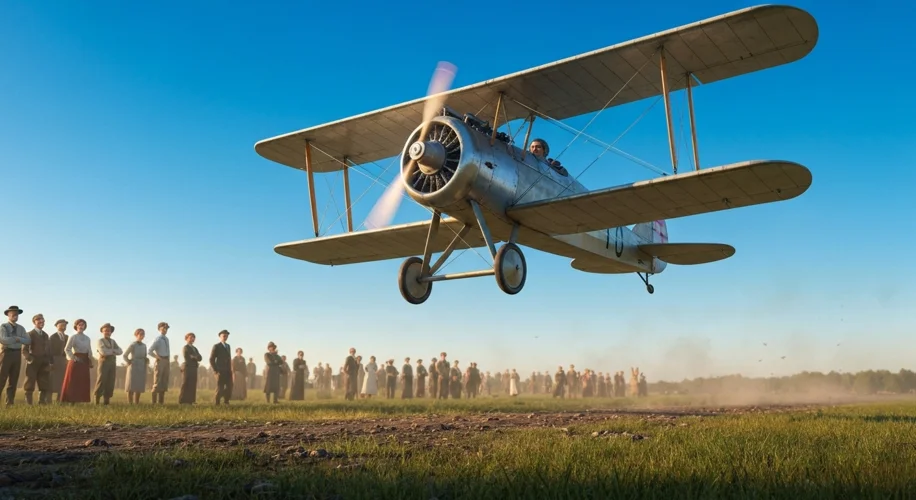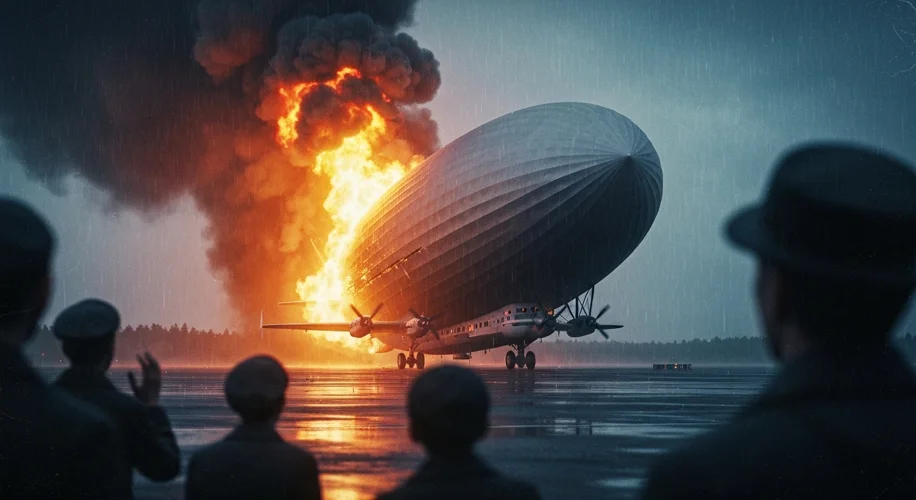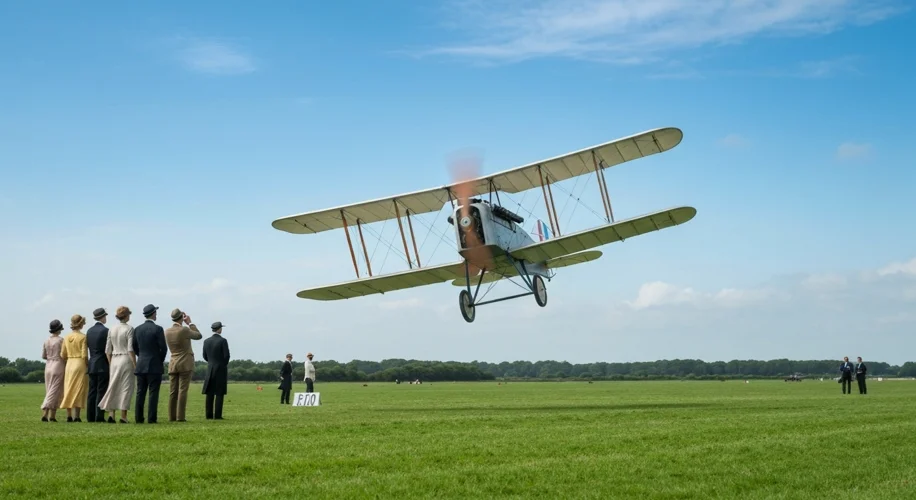The roar of the engine, the wind whipping past the open cockpit, the earth shrinking below – these were the sensations that defined the dawn of aviation. It was an era of breathtaking progress, where daring aviators pushed the boundaries of human possibility, transforming dreams of flight into tangible reality. This was the Golden Age of Aviation, a period that saw the birth of commercial air travel, but also one tragically punctuated by the inherent dangers and heart-wrenching disasters that accompanied this incredible leap forward.
The early 20th century was a fertile ground for innovation. Fueled by the spirit of adventure and the burgeoning technological advancements of the Industrial Revolution, humanity gazed skyward with a newfound audacity. Visionaries like the Wright brothers had already proven that heavier-than-air flight was possible, but it was the subsequent decades that witnessed this nascent technology evolve from a daring experiment into a nascent industry. The period between World War I and World War II, often dubbed the Golden Age, was a time of rapid development, where aircraft grew larger, faster, and more reliable.
Imagine the scene: early airfields buzzing with activity, the smell of aviation fuel mingling with the crisp air, and crowds gathering to witness these metal birds take flight. Commercial airlines, such as KLM, Pan Am, and Imperial Airways, began to emerge, offering passenger services that, while primitive by today’s standards, represented a monumental shift in travel. Flying was not yet for the masses; it was an exclusive, often luxurious, experience for the wealthy and adventurous. Passengers might don goggles and leather helmets, braving the elements in unpressurized cabins, yet they were pioneers, embracing a future that was literally taking flight.

Yet, this exhilarating progress came at a steep price. The technology was still in its infancy, and the skies were far from tamed. Aircraft were susceptible to unpredictable weather, mechanical failures, and the sheer inexperience of pilots navigating vast, often unmapped, territories. Disasters were not uncommon; they were, sadly, an intrinsic part of the narrative.
One of the most iconic tragedies of this era was the crash of the R101 airship in 1930. This colossal British airship, a symbol of imperial ambition and technological prowess, was on its maiden overseas voyage to India when it encountered a severe storm over France. The airship, overloaded and battling the elements, broke apart and crashed, killing 48 of the 54 people on board, including the Secretary of State for Air. The R101 disaster cast a long shadow over the future of airship travel in Britain, highlighting the immense risks involved.
Another significant event was the crash of the German airship Hindenburg in 1937. While not strictly a commercial passenger flight in the same vein as airplanes, the Hindenburg was a symbol of the luxury air travel that characterized the age. Its fiery demise at Lakehurst, New Jersey, captured on film and broadcast to the world, became an enduring image of the fragility of these grand flying machines. The explosion, caused by a buildup of static electricity igniting the hydrogen gas used for lift, resulted in the deaths of 36 people and effectively ended the era of the rigid airship for passenger transport.
Within the realm of heavier-than-air flight, numerous crashes occurred involving early passenger planes. These were often attributed to a combination of factors: the lack of sophisticated navigation aids, the primitive understanding of aerodynamics, and the limitations of engine reliability. For instance, the Ford Trimotor, a celebrated early airliner, while a workhorse of its time, was known for its heavy weight and was involved in several fatal accidents. The early passenger experience could be a gamble, a thrilling adventure tinged with the ever-present possibility of tragedy.

The impact of these disasters was profound. While they instilled fear and skepticism, they also spurred crucial advancements. Engineers and designers relentlessly worked to improve aircraft safety, leading to the development of more robust structures, reliable engines, and advanced navigation systems. The lessons learned from each tragedy were invaluable, paving the way for the more secure and widespread commercial aviation we know today. The desire to fly, once a fantastical notion, had become a powerful force driving innovation, even in the face of devastating setbacks.
The Golden Age of Aviation was a testament to human ingenuity and courage. It was an era where the dream of flight was realized, connecting continents and shrinking the world. However, it was also a stark reminder that progress often walks hand-in-hand with peril. The bravery of the early aviators and the lessons learned from their tragic falls are etched into the history of flight, a critical chapter in humanity’s journey from the ground to the skies.

